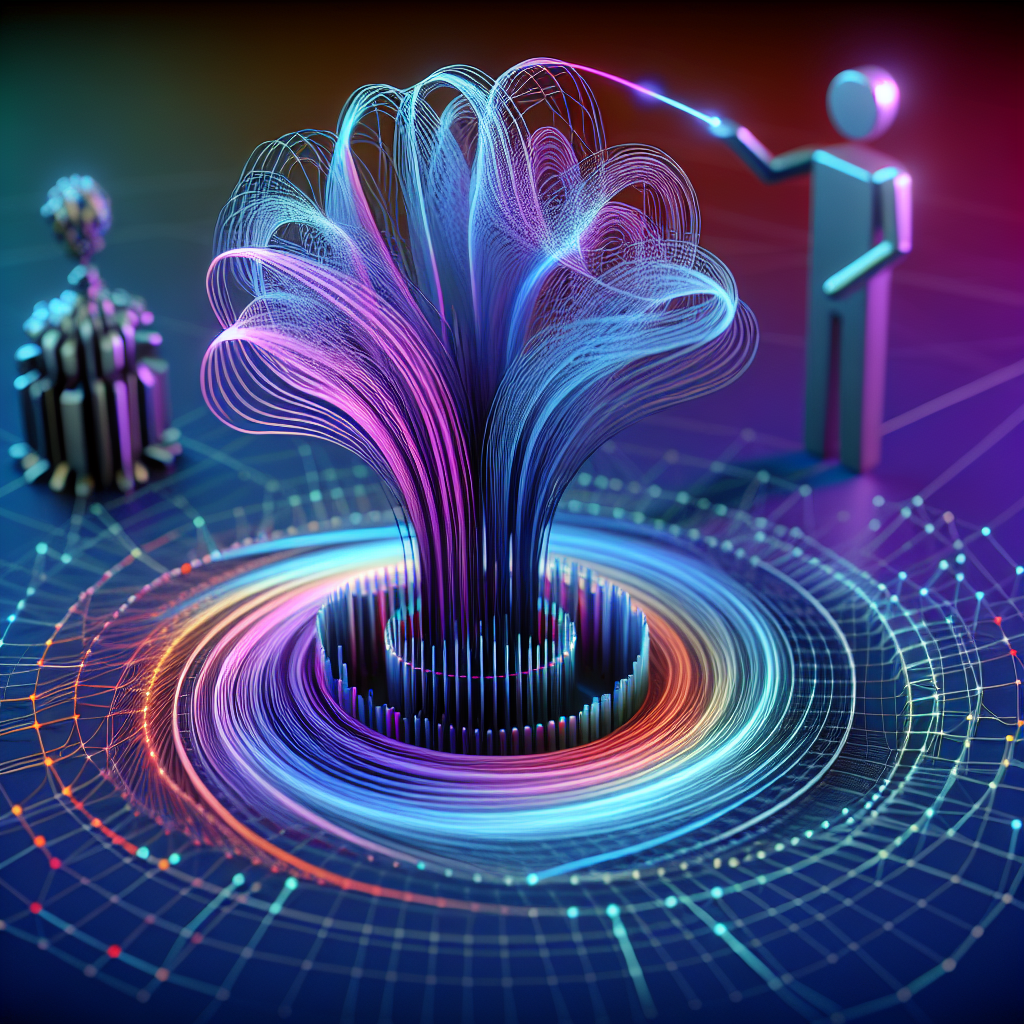Fix today. Protect forever.
Secure your devices with the #1 malware removal and protection software
Recurrent Neural Networks (RNNs) have become an indispensable tool in the field of sequence-to-sequence learning. This technology has revolutionized the way machines understand and generate sequential data, enabling them to perform tasks such as language translation, speech recognition, and image captioning with remarkable accuracy.
The beauty of RNNs lies in their ability to capture the temporal dependencies in sequential data. Unlike traditional feedforward neural networks, which process each input independently, RNNs have a feedback loop that allows them to store information about previous inputs and use it to make predictions about future inputs. This makes them ideally suited for tasks that involve sequences of data, where the order of elements matters.
In the context of sequence-to-sequence learning, RNNs play a crucial role in both encoding and decoding sequences. In the encoding phase, the RNN processes the input sequence one element at a time, updating its hidden state at each step to capture the context of the entire sequence. This hidden state serves as a compressed representation of the input sequence, which is then used by the decoder to generate the output sequence.
The decoder RNN, on the other hand, takes the hidden state from the encoder as input and generates the output sequence one element at a time. By iteratively predicting the next element in the sequence, the decoder gradually builds up the output sequence based on the context provided by the encoder. This process is repeated until the entire output sequence is generated.
One of the key advantages of using RNNs for sequence-to-sequence learning is their flexibility in handling variable-length sequences. Traditional machine learning models struggle with sequences of different lengths, but RNNs can easily adapt to input sequences of any length by processing them one element at a time. This makes them well-suited for tasks like machine translation, where the length of the input and output sequences can vary greatly.
Another strength of RNNs is their ability to capture long-range dependencies in sequential data. Because of their recurrent nature, RNNs can remember information from earlier time steps and use it to make predictions about future time steps. This makes them particularly effective for tasks that require understanding context over long distances, such as language modeling or speech recognition.
In conclusion, RNNs are an invaluable tool for sequence-to-sequence learning, enabling machines to understand and generate sequential data with remarkable precision. Their ability to capture temporal dependencies, handle variable-length sequences, and capture long-range dependencies makes them indispensable for a wide range of applications, from language translation to image captioning. As the field of artificial intelligence continues to advance, RNNs are sure to play an increasingly important role in shaping the future of machine learning.
Fix today. Protect forever.
Secure your devices with the #1 malware removal and protection software
#Role #RNNs #SequencetoSequence #Learning,rnn

Leave a Reply
You must be logged in to post a comment.